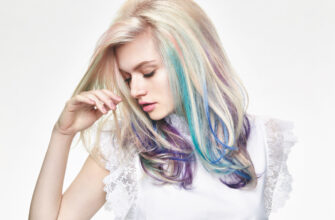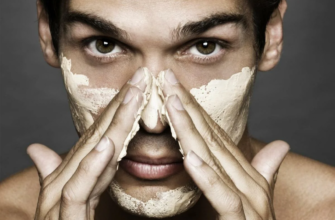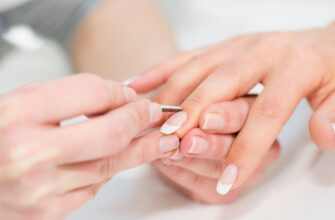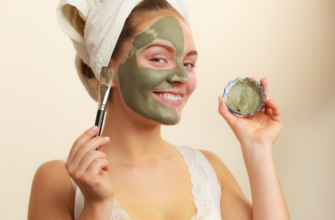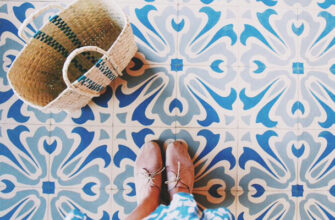Nail art and nail design is a complex process that requires careful preparation. Especially if acrylic or gel coating is used in the procedure. In order for gel polish, gel, acrylic, biogel or shellac to stay on the nails for a long time and not harm the tissues, the use of specialized means is required, which serve as a base, a primed base for applying persistent decorative coatings. One such tool is a primer. What it is, why is it needed, how to choose and use this tool, you will learn from this article.
- What is a primer – description, composition, types and functions of the product
- Types of cosmetic product
- What is a cosmetic product for?
- Top brands making nail primers
- What products can be used instead of a primer
- Professional advice on the use of primers
- How to use nail primer
- What is the difference between a primer and a bonder
What is a primer – description, composition, types and functions of the product

The name of this drug speaks for itself – 'primer', that is, 'initial' or 'first'. This means that the primer is applied to the nail plate first, before the decorative coating is applied.
Primer is a liquid or semi-liquid product similar in consistency to water or diluted gel. The odor may not be present, but some preparations have a slight vinegar or fruity aroma. The composition, as a rule, does not contain any artificial colors or flavors, fragrances, thereby reducing the likelihood of allergies when using the product. Primer is available in small glass or plastic bottles with a brush with a screw cap.
Types of cosmetic product
All modern primers can be roughly divided into two groups depending on the characteristics of the composition:
-
Prep primer. This is the safest and most gentle product that, when used, affects only the thinnest outer layer of the nail plate. Therefore, the use of this drug does not usually cause dry or brittle nails. But prep-primers are not intended for building with gel, gel polish, shellac, etc. The prep is used to make a manicure more durable, done with the classic nail polish. In some cases, the prep is applied before an acidic primer to prepare an ideal work surface.
-
Acidic primer – used in most cases for acrylic-coated manicure. Such products consist mainly of methacrylic acid, which slightly changes the structure of the nail, due to which the decorative coating is better fixed and lasts longer on the nails. Acidic preparations contain from 30 to 90% methacrylic acid, as well as a small amount of additional components, for example, ethyl acetate and 2-hydroxelethyl methacrylate. These substances have a rather negative effect on natural tissues. Therefore, an acidic primer should not be used if the nails are dry, brittle, thin or generally weak. But even if the marigolds are healthy enough, experts do not recommend using an acidic primer for manicure at home, so as not to risk tissue burns.
-
Acid-free primer – used to perform manicure with gel and gel varnish. This product is labeled 'non-acid' on the packaging and can be used for manicure and nail art at home. It cannot damage the nails or nearby tissues in any way, therefore it is completely safe for health. The acid-free primer does not work for long, immediately after application it slightly changes the acid-base balance of the nail plate, contributing to the fact that the base preparation fits well and adheres firmly to the nail.
What is a cosmetic product for?
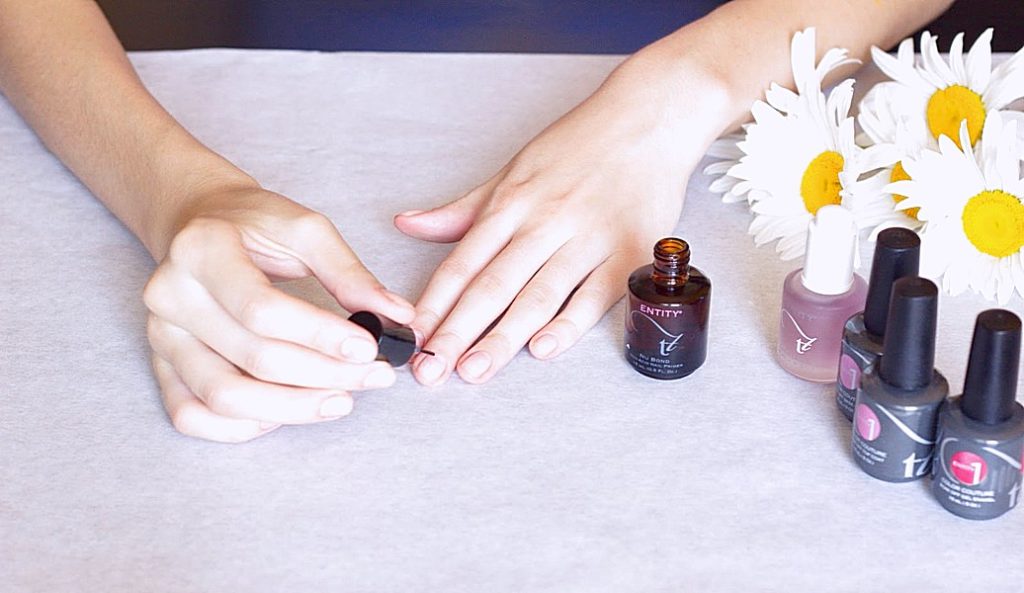
Functions of the nail primer:
-
Cleans and disinfects nail platinum, preventing the multiplication of pathogenic microorganisms under a dense layer of resistant decorative coating.
-
Dries marigolds, acting as a dehydrator.
-
Degreases the surface.
-
Makes the surface of the nail smoother and smoother.
-
Protects natural fabrics from the negative effects of polymers and other chemicals that are present in the composition of gel polish, gel, shellac.
-
Prevents yellowing, flaking, cracking of nails.
-
Some acidic preparations raise the scales of the upper layer of the nail plate, which contributes to better adhesion (interlocking) of the nail and gel polish or other resistant coating.
-
Increases the reliability and quality of the extended marigolds.
-
The use of a primer is the formation of a zero coating, a kind of base that will help to evenly distribute the subsequent layers of cosmetic preparations.
Top brands making nail primers
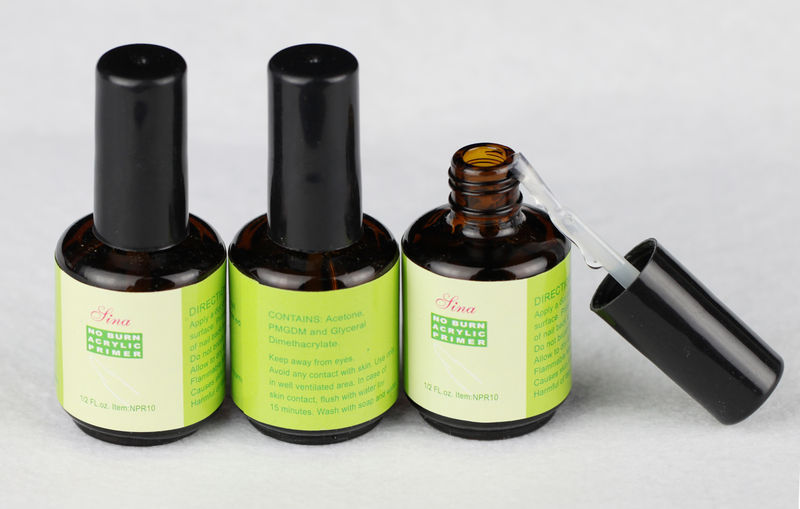
The journalists of the publication asked the nail art masters what means they use when performing extensions or manicure with a durable decorative coating. It turned out that there are a lot of manufacturers of such cosmetic preparations, and therefore the choice of primers is wide. Each master uses the tool that is more suitable for him in composition, properties, application features and price. We can only list the most popular companies whose products are worth trusting:
-
Lady Victory (China). Acid-free preparations of this company are optimal for novice craftsmen and for use at home, as they have a safe composition. Degrease the surface well, effectively prevent peeling of subsequent layers of decorative coating. The average cost is from 80 to 300 rubles.
-
Le Vole Ultra Bond (USA). A universal product that is suitable for acrylic and gel manicure, extensions. They perfectly disinfect the surface, while not having a significant effect on the acid-base balance of tissues. The average cost is from 250 to 400 rubles.
-
Kodi Professional Ultrabond (USA). This primer contains no harmful methacrylic acid, but it works equally well with acrylics and gel. The average cost is from 400 to 450 rubles.
-
EZ Flow (USA). This primer is fragrance-free and free of unnecessary components, it dries quickly and creates an ideal work surface. An additional advantage of the brand is that it produces all types of materials for manicure and extension. The average cost of a primer is from 500 to 900 rubles.
-
IBD (USA). This brand has been known on the manicure materials market for over 30 years. The company's products are focused on the use of people with problem marigolds. The average cost is from 400 to 850 rubles.
-
Runail Professional Primer Acrylic System (Russian Federation). The products of this company are suitable for building and strengthening nails with acrylic. One of the advantages is good adhesion combined with a budget price. The average cost is from 200 to 250 rubles.
-
Yoko APR -15 (Russian Federation). This company produces universal preparations that go well with both gel and acrylic. The composition contains acid. The average cost is from 150 to 200 rubles.
-
TNL Professional (South Korea). The company produces several products based on acid and acid-free. The average cost is from 190 to 250 rubles.
-
Bluesky (China). The company produces acid-free primers, but they are well suited for working not only with acrylics, but also with gel, as well as with gel polish. The average cost is from 150 to 240 rubles.
-
Irisk (USA). This company produces professional materials for manicure. Their primers are acid-free and suitable for acrylic and gel extensions. The average cost is from 140 to 450 rubles.
What products can be used instead of a primer
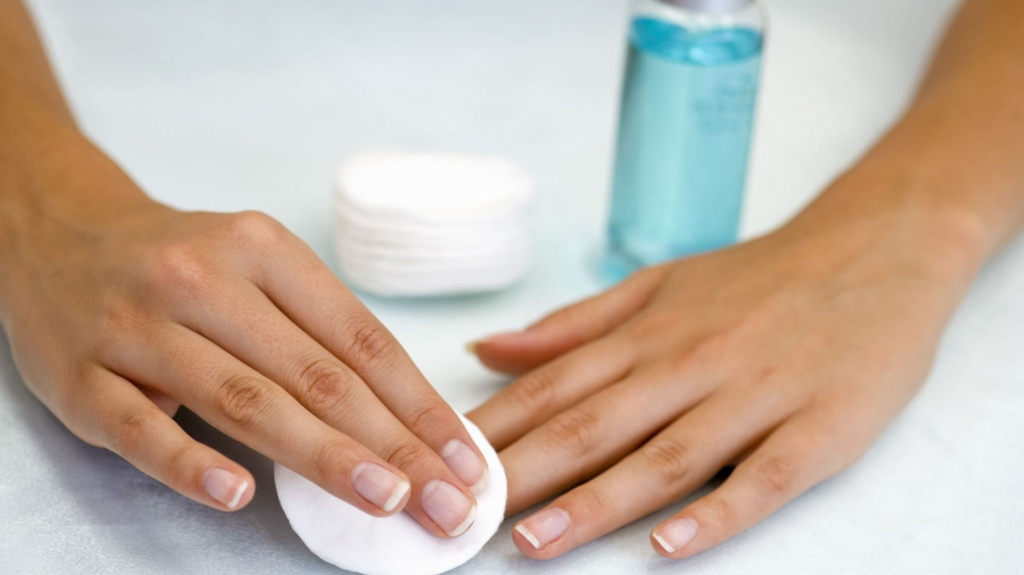
We have already mentioned that the main task of the primer is to degrease, disinfect, dry the surface and prepare it for applying the base, and then the decorative layers of cosmetics. Other drugs can cope with this task, if the primer is not at hand or it has ended at the wrong time:
-
Table vinegar 9%. This tool will remove excess oil and moisture from the surface of your nails.
-
Alcohol 70-90% or freshly squeezed lemon juice – the drug works in the same way as vinegar.
-
Boric acid 3% – disinfects marigolds and slightly increases the degree of adhesion of fabrics and decorative coatings.
-
Nail polish remover without oils and fats in the composition, the presence of acetone is permissible, but undesirable. The preparation will degrease the surface, but, most likely, will not disinfect or dry out.
-
Laundry or tar soap – removes a greasy film, destroys a certain amount of pathogenic microflora.
These preparations are able to dry, degrease the surface and eliminate most of the pathogenic microorganisms. But they practically do not have adhesive properties, therefore, it is not necessary to count on the fact that the manicure will last as long as using a primer.
Professional advice on the use of primers

Working with a primer that does not contain strong chemicals, in particular methacrylic acid, is quite safe. Still, you should not apply this product to the skin around the nail plates. The use of an acidic primer requires even more care, so we recommend that you read the tips of the nail masters regarding this issue:
-
If in the process of performing a manicure you injured the skin or cuticles, blood came out, stop the procedure and postpone it until the wound is completely healed. On sites on the Internet, you can find recommendations to use a primer to stop the bleeding if you are willing to endure severe burning. In fact, this cannot be done, as you will cause even more damage to the tissues. It is better to stock up on such a product as medical glue BF-6, it will stop the blood and will act like a plaster.
-
Do not apply the primer in several coats. There is no sense from this, since one layer of the drug does an excellent job with its function. And excess chemicals on the nails can cause tissue burns.
-
Apply a greasy cream to the skin around the nail plate. In this case, even if the primer gets on the epidermis, it will not cause significant damage to the tissues.
-
If you use nail tips, make sure that the primer does not get on them.
-
Apply the primer only with the special brush that should be included.
-
If your nails are too brittle, but you still intend to use a primer for building, then apply an acidic product along the end part and the free edge of the marigold, and apply an acid-free product to the remaining area.
How to use nail primer

Before applying the primer, and after it and other decorative cosmetics for nails, you need to do a manicure. If you intend to do a trim manicure, that is, remove the cuticle with nail scissors or tweezers, gel or acrylic extensions will have to be postponed until the next day, as the tissue structure is disturbed, and they should have time to recover. If you plan to do unedged manicure, that is, remove the cuticle with cosmetics, you can apply primer and decorative coating immediately.
The sequence of performing a manicure with a primer for nails:
-
Remove old decorative coating, if present.
-
Make a hygienic manicure, remove the cuticle, dead skin cells on the sides of the nail plates, shorten the nails, and give them the desired shape.
-
Dry your hands with a towel, you can additionally disinfect and degrease your nails with alcohol.
-
Apply the primer to each nail, avoiding leaving unpainted areas of the surface. You also need to make sure that the primer does not get on the skin, especially if it contains acid.
-
The primer leaves a pale gray coating when it appears, which means that the product has dried, and you can proceed to the next stage of the manicure. By the way, by this characteristic plaque it is possible to determine that small areas remain on the nails, where the primer did not get.
Then you can apply all the necessary cosmetic preparations – a base (bonder), several layers of colored decorative coating made of acrylic or gel, a topcoat. The main thing is not to forget to dry each layer of the gel under the light of a special lamp.
What is the difference between a primer and a bonder
If you are going to do a manicure with extensions at home, then you have probably heard of such a tool as a bonder. This drug is used along with a nail primer, but not everyone knows how one tool differs from another.
Let's consider what the purpose of the primer and the bonder is, what are the differences between these drugs:
-
Primer is applied at the very beginning and acts as a primer. Bonder, which acts as a real base under the varnish, is applied secondarily.
-
Primer does not create any layer on the nail plate. It penetrates into tissues and affects their structure. Bonder does not penetrate the layers of the nail, but creates a protective film on the surface.
-
Primer is similar in appearance to plain water with a slight odor. Bonder is similar to varnish, as it has a viscous semi-thick consistency.
-
Primer dries quickly in air, leaving a pale gray coating on the surface. Bonder is dried under a special lamp, before that it creates a sticky film on the surface.
-
It turns out that the primer is the base for the bonder, and the bonder is the base directly for the decorative coating.


